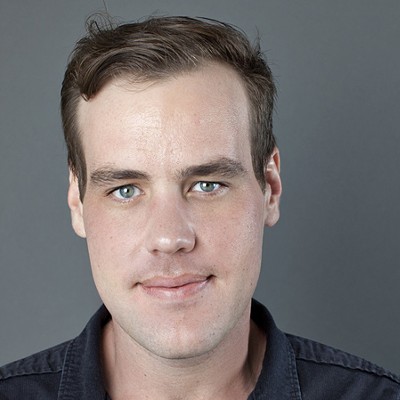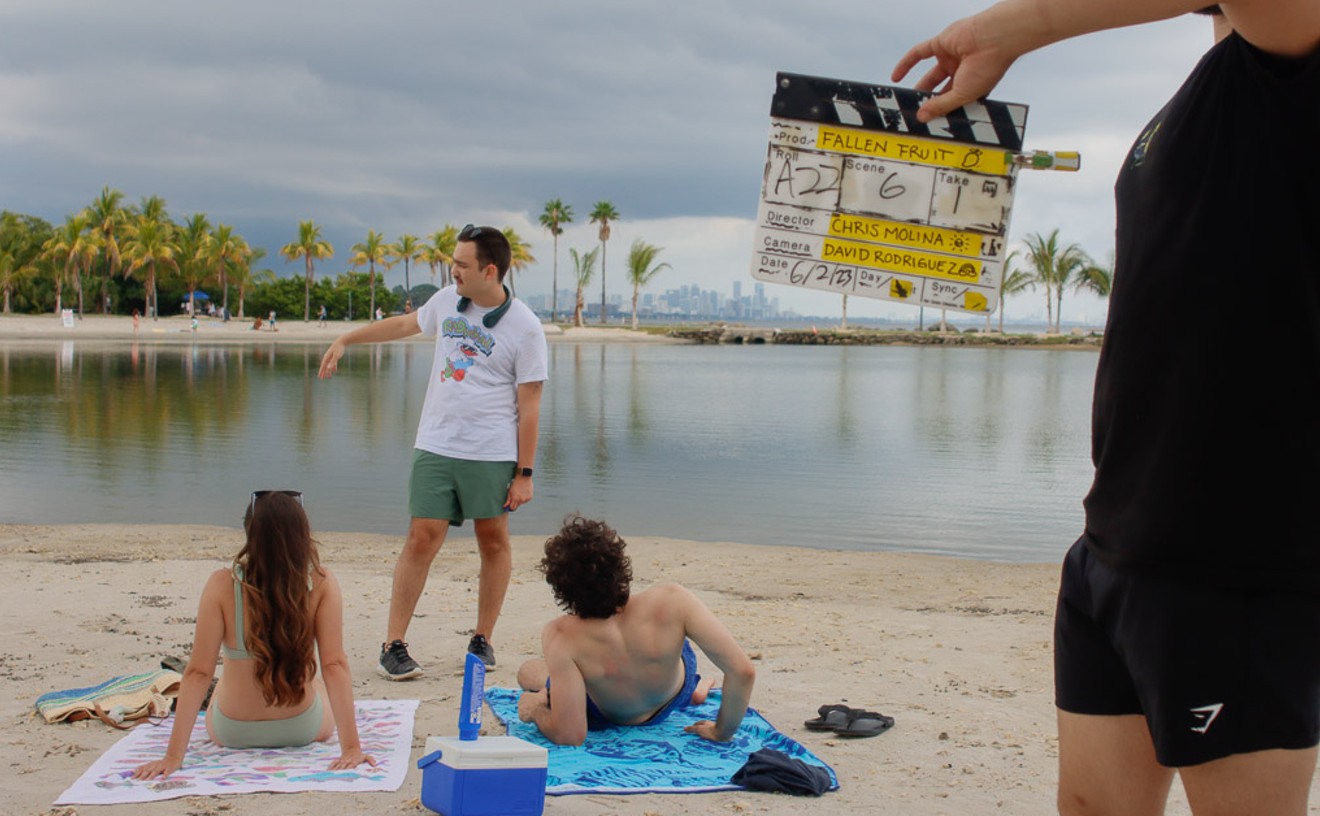Yesterday's list on pop culture showcased how the mass media and the world see Miami, but today's list of cultural moments of the decade focuses on the artistic forces that help Miami see the world. Few cities on any map saw such a dramatic growth spurt in culture in this decade, so let's take a look back.
2002 - South Beach Wine & Food Festival pops off
The annual epicurean wonderland has been around in some form or another since the '90s, but it was in 2002 when the festival became a weeklong event to be reckoned with in cuisine culture. The dish became so tempting that Food Network began sponsoring it and turned it into one of its marquee events.
This isn't a ranked list, but if it was, it's hard to imagine anything other than the inception of Art Basel Miami Beach taking the top spot. Since its debut in 2002, the annual art fair has emerged as a powerhouse. Not only is it the most important art fair in the Americas, but also since eclipsing its Swiss parent in size, notoriety, and scope, it has become a must-go for the world's cultural elite. With the addition of numerous satellite fairs, parties, and related events, Miami becomes the center of the art world for the first week in December.
2003 - Establishment of Wynwood Art District and Second Saturday
The thing that never quite sat right with locals about Basel is the fact that, outside of exposure, it does little to actually promote our own galleries. So enter the creation of the Wynwood Art District and its art walks on the second Saturday of every month. Some might scoff it's all the free booze and party atmosphere that has drawn Miamians en masse to the streets of Wynwood for years, but believe us, we've been lots of places with free booze in this town where no one shows up. Let alone shows up every month of the year. It turns out we actually do care about our local artists and galleries.
2005 - Opening of Sweat Records
No one did more for Miami's indie scene this decade than Lauren "Lolo" Reskin. In the age of the iPod, she's actually turned a brick-and-mortar record store into an important and irreplaceable cultural hub for the city. Though its first location fell victim to Hurricane Wilma, Sweat has re-emerged in its own storefront -- next to Churchill's Pub in Little Haiti -- stronger than ever, with in-store performances, book readings, comedy nights, movie screenings, and just about anything cultural the tiny store can hold, which is surprisingly a lot.
2005 - Release of Awesome New Republic's ANR So Far
Please, let's not get into an argument about music taste. We know there were lots of great local musicians who put out lots of great music this decade, so why this one? Because ANR didn't trade within some well-worn genre, didn't travel the traditional roads that lead to guaranteed indie success, did something completely different, and in the process created something uniquely Miami. The album was released on Sweat Records' now-defunct in-house label, saw heavy rotation on WVUM and WRGP, and packed dance floors at parties such as Poplife and Revolver. The city got behind the band, and every rave review in a place like Pitchfork, any shoutout on BBC radio, any blog buzz, or any success they achieved felt in a small way like Miami's own.
2006 - Opening of the performing arts center
By the middle of the decade, it was clear Miami was coming of age culturally, but we lacked a traditional, central performing arts center to host orchestras, ballets, Broadway shows, and the ilk. Boy, did we get one. The Adrienne Arsht Center is the third-largest performing arts center in the nation, only behind one in Denver and New York's famed Lincoln Center.
2007 - Closure of Coconut Grove Playhouse
If this was an awards telecast, now would be the time when we dim the lights, bring out Sarah McLachlan to sing "In the Arms of an Angel," and pay respect to all the cultural organizations and institutions we lost this decade. Perhaps none was as tragic as the closure of the Coconut Grove Playhouse. The theater had been a cultural force in the 305 for decades. It hosted the American premiere of Samuel Beckett's Waiting for Godot in '56, held the world premieres of Fame: The Musical and The Sunshine Boys, and over the years featured the likes of Liza Minelli, Tallulah Bankhead, and Bea Arthur.
2007 - Establishment of the Knight Arts Grants
Luckily, the Knight Arts Grants will ensure the survival and creation of many cultural institutions for years to come. Created late in the decade, the full force of the millions in grants given out each year is yet to be felt, but they might just be laying the groundwork for the next decade in culture.
2008 - Tarell Alvin McCraney named International Playwright in Residence at the Royal Shakespeare Company
The best young playwright in the entire world hails from Liberty City and still keeps "305" shaved in his hair. He graduated from the New World School of the Arts, went to the Yale School of Drama, and now regularly premieres plays in some of the most prestigious theaters in the world.
Late '00s - While we're waiting for our museums to mature, the Miami Model emerges
Our art museums have come a long way this decade. MOCA has amassed a powerful collection, and MAM is making plans for its new home, but neither is yet an international player. This has allowed a unique art establishment to emerge, now known as the "Miami Model." Derided by some, heralded by others, the Miami Model means private collectors open their own de facto art museums. In our case, that's the Rubell Family Collection or the Margulies Collection at the Warehouse. While we certainly hope Miami moves beyond this setup, we wouldn't mind someday playing home to both world-class museums and private collections.











